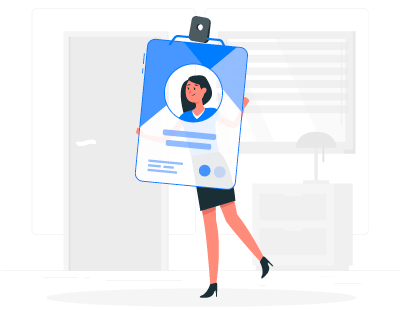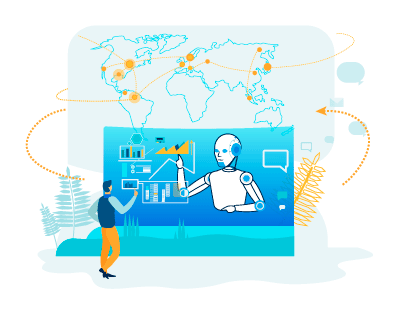CDPs can be used to help businesses better understand their customers, improve customer service, and personalize marketing messages. In addition, CDPs can be used to integrate customer data from multiple sources, making it easier for businesses to get a complete picture of their customers.
Here are some of the major benefits:
1. To build complete customer profiles
It’s a central hub of all your customer data. Thus, even if you launch campaigns on different marketing platforms such as social media or email, it helps put all audience information in one place. It helps businesses better understand each customer’s journey and how to reach out to them in a better way.
2. Help with data quality
Data quality is a critical issue for businesses that rely on customer data from multiple sources. Data can be siloed, outdated, or simply incorrect, which can lead to poor decision-making and customer experience. A CDP can help businesses overcome these challenges by integrating customer data from multiple sources and providing a single view of the customer. It can also provide real-time insights into customer behavior, which can help businesses optimize their marketing and sales efforts.
3. Deliver personalized experiences
Today’s customers demand personalization. Businesses need to meet their high expectations for which they need to have a unified customer profile in place. This is what a CDP does effectively.
4. Enhance customer satisfaction
Statistics show that CDPs can drive a 10X increase in customer satisfaction, and can thus be a great growth multiplier.
5. Automate marketing to a large extent
CDPs are not just mere data hubs, but they have the capability to act on the data through automation. They can be used to anticipate a customer’s needs, for example.
a CDP can provide insights that can help businesses improve their data privacy and security practices. By using a CDP, businesses can make sure that they are doing everything they can to protect their customers’ data.
6. Managing data privacy and security
As more and more businesses move online, managing data privacy and security becomes increasingly important. Customer data is sensitive information that must be protected in order to maintain customer trust. One way to do this is to use a CDP which can help businesses integrate customer data from multiple sources, making it easier to manage and protect. A CDP can help businesses manage GDPR compliance by ensuring that only the necessary data is collected and processed.







